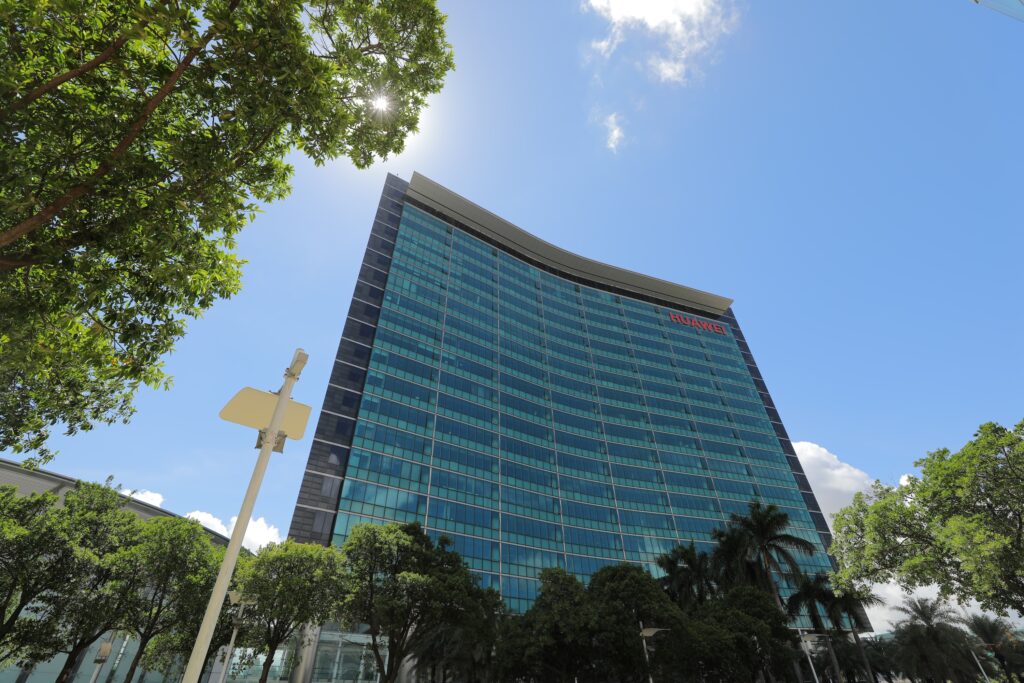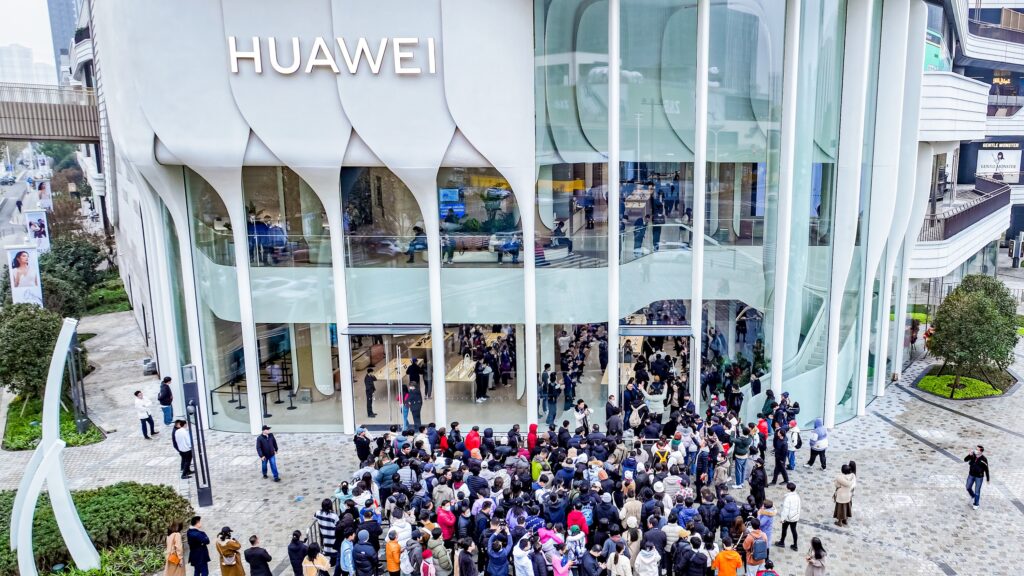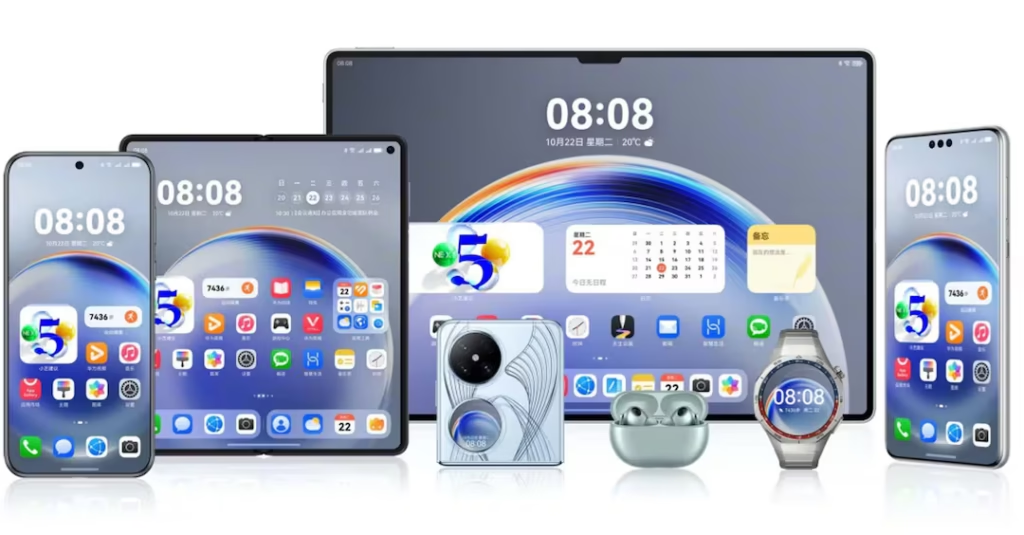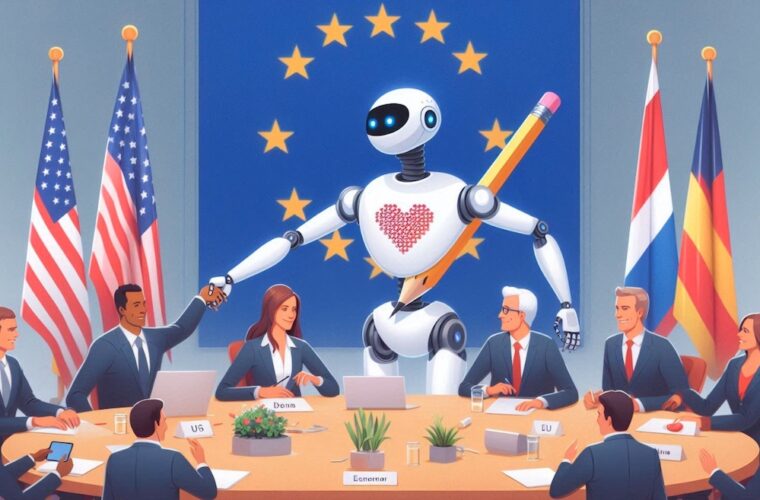The news of the week for the smartphone market comes from Huawei, but it does not concern the Mate 70 Series, with four devices unveiled in recent days in China. Top-notch technical specifications, plenty of power, and great photographic capabilities are no surprise to the Chinese company’s phones. But it is another novelty that marks a decisive turning point and makes a definitive break with the past. HarmonyOS Next is the in-house developed operating system with which Huawei breaks away completely from Android.
Enduring despite everything
It matters little that the new OS will soon arrive on smartphones, which at this early stage will still run HarmonyOS 4.3, a version still compatible with Android because it is the future that interests not only Huawei. The Shenzhen company’s choice is clear and involves saying goodbye to Google’s operating system to open a new era, with the aim of standing as a real alternative to Apple’s iOS and Google’s Android. It is a complex challenge, requiring time and much money, even for a very strong group able to withstand the ban imposed by the United States in May 2019.
Despite the rapid deflation of its dominance in European markets, where Huawei had become the first or second manufacturer in several countries, the company founded in 1987 by Ren Zhengfei closed ranks, changed its strategy and invested truckloads of money to create its own processor, operating system and app store. After initial difficulties, Huawei ended 2023 with doubled profits, and this year, it saw smartphone sales increase by 30%. Achievements that convinced executives to complete the path started four years ago with the development of HarmonyOS to break free from any American dependence.
The future is now
The revolution is currently confined to China because Huawei has already convinced developers to create applications for its platform in the domestic market. HarmonyOS Next has around 15,000 native apps (including WeChat and Taobao), and the intention is to exceed 100,000 apps by the end of 2025, adding the most important ones that people use.



The total integration between hardware and software will allow Chinese users who choose Huawei to count on an ecosystem optimised to perform at its best, replicating what Apple has been doing since the iPhone appeared in 2007.
But if China is not a problem because Huawei grinds out numbers and revenues and is Apple’s only competitor at the top end of the market, regaining a leading place in the West will be much more complicated. This is precisely because it will be necessary to align with iOS and Android in providing a wide range of apps that are crucial for us and far removed from the Chinese reality.
No turning back
In the end, however, it is all a matter of money and ambition, elements that Huawei does not seem to lack. Dispelling any doubts was Eric Xu, Huawei’s vice-president, who told the Financial Times in a few clear words: ‘We will continue to invest in developing the Harmony ecosystem so as to overcome all obstacles. We will not turn back‘. This is good news because competition is good for the market and avoids dominance, with the potential price reduction that could end up rewarding consumers.



